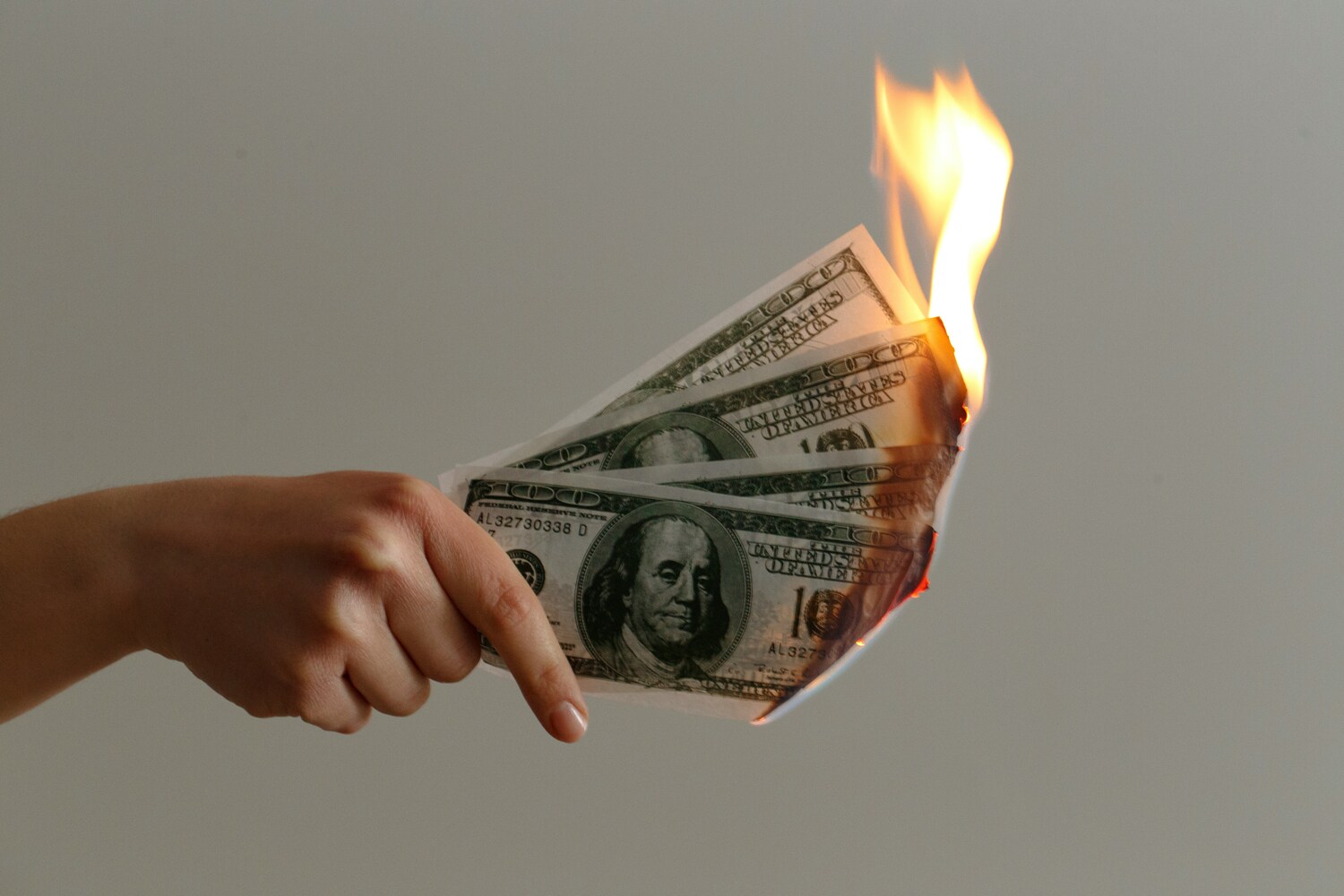
For all the years most of us spent in classrooms, it’s remarkable how little practical financial education we received. We were taught algebra and the periodic table, but not how interest on a credit card can snowball into a lifelong burden or how some debt can actually be a powerful wealth-building tool. The truth is that not all debt is created equal. And until you understand the difference between good debt and bad debt, your financial choices may be working against you without you even realizing it.
The problem isn’t just ignorance. It’s miseducation. Most schools don’t prepare students to navigate credit systems, understand loan structures, or differentiate between financial tools and traps. What’s worse is that many adults carry this lack of clarity into every major financial decision they make, from taking on student loans to swiping a credit card for a vacation. So, let’s break down one of the most misunderstood aspects of personal finance: debt.
Why “Debt Is Bad” Is an Oversimplified and Dangerous Lesson
If you were raised with the belief that debt is inherently negative, you’re not alone. Parents, teachers, and media often portray debt as a sign of poor decision-making or financial instability. The phrase “living in debt” conjures images of overdue bills, sleepless nights, and phone calls from collectors. But this blanket fear of debt can actually prevent people from taking advantage of opportunities that improve their financial futures.
What’s missing from the conversation is context. Debt in itself isn’t the villain. It’s how and why it’s used that makes the difference. Just as a hammer can build a house or break a window, debt can either build your financial security or tear it down. The key lies in understanding how to use debt responsibly and when it serves a long-term purpose rather than short-term satisfaction.
Good Debt: The Strategic Side of Borrowing
Good debt is typically defined as debt that helps you generate income, increase your net worth, or open up opportunities for long-term advancement. When used wisely, mortgages, student loans, and certain business loans fall into this category.
Take mortgages, for example. Buying a home through financing allows you to build equity over time while enjoying a place to live. That’s vastly different from paying rent, where your monthly payments build someone else’s wealth. Yes, you’re in debt, but that debt is tied to an asset that can appreciate in value over time.
Student loans are another form of good debt, at least in theory. When used to pursue a degree that boosts your lifetime earning potential, they can be a gateway to better financial outcomes. However, they become problematic when students take on huge loans for degrees with minimal job prospects or fail to complete the program entirely.
Good debt often comes with lower interest rates, longer repayment terms, and tax advantages. But even the best kind of debt can turn sour if you overextend yourself or don’t have a plan for repayment. That’s why financial literacy, not just access to credit, is essential.
Bad Debt: The Quick Sand You Never See Coming
Bad debt, on the other hand, typically results from borrowing to fund consumption rather than investment. Credit cards, payday loans, car loans on luxury vehicles you can’t afford, and buy-now-pay-later services can all fall into this category. These forms of debt often carry high interest rates and little to no return on investment.
Credit card debt is particularly insidious because of its psychological pull. Swiping feels easy—far easier than handing over cash. And once you carry a balance, compound interest starts working against you in a big way. Suddenly, a $300 shopping spree balloons into a $1,000 problem if left unpaid.
Bad debt is damaging because it typically funds temporary pleasures while leaving lasting financial pain. Unlike good debt, there’s no asset to back it up, no tax benefit to soften the blow, and no long-term return to justify the risk.
And here’s the twist most people don’t see coming: bad debt doesn’t feel like bad debt when you first take it on. It feels like freedom, options, and instant gratification until the bill arrives.

The School System’s Silence Is Costing Us
Why doesn’t the average person know any of this? Because our education system fails to teach it. Most high schools don’t require students to take courses in personal finance, credit management, or budgeting. As a result, many graduates step into adulthood armed with trigonometry skills but clueless about credit scores or the dangers of minimum payments.
This lack of education disproportionately hurts young adults, who are most vulnerable to aggressive marketing from lenders. They’re told that credit cards build credit, that student loans are “good debt,” and that car loans are a sign of independence. They aren’t told that every swipe, signature, or borrowed dollar comes with long-term consequences if mismanaged.
Until financial literacy becomes a mandatory subject in schools, individuals must seek out this knowledge themselves. But that doesn’t mean it’s too late. It just means the responsibility is ours now.
How to Tell the Difference When You’re In the Moment
When you’re standing in a dealership or bank office or staring at an online checkout page, it can be hard to determine whether what you’re about to do is smart borrowing or just another future regret. The trick is to pause and ask yourself a few key questions:
-
Will this debt help me build wealth or grow financially in the long term?
-
Is there a clear path to repay this debt without sacrificing essentials?
-
Am I borrowing for a need or a want?
-
Do I understand the full cost of this loan, including interest and fees?
If you can’t answer these confidently, it’s worth stepping back and reconsidering the decision. Emotional spending and pressure tactics often lead to bad debt. Clear thinking and intentional planning lead to financial growth.
Rewriting the Narrative for the Next Generation
Understanding the difference between good and bad debt can be life-changing. It shifts how you approach financial decisions, influences the opportunities you pursue, and even affects your mental well-being. And perhaps most importantly, it allows you to pass better habits and mindsets to your children, your community, and anyone who’s watching you figure it out.
Debt doesn’t have to be a dirty word. It can be a tool, a strategy, and a stepping stone. But only if you know how to use it, and that’s the lesson most of us were never taught.
Did your school ever teach you the difference between good and bad debt? How did your first major financial decision turn out—and what would you do differently now?
Read More:
Why Many Millennials Will Die With Debt—And Be Blamed for It







